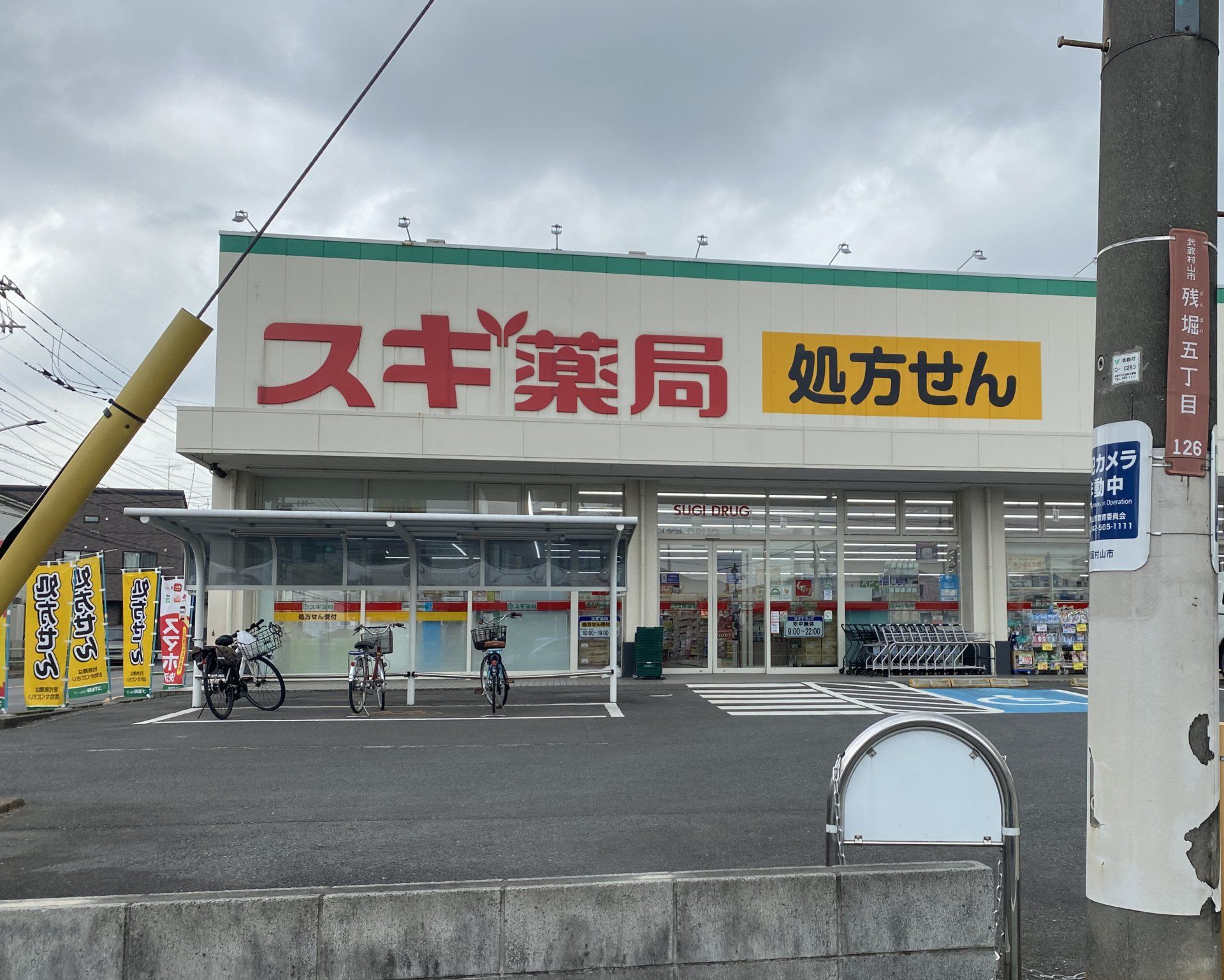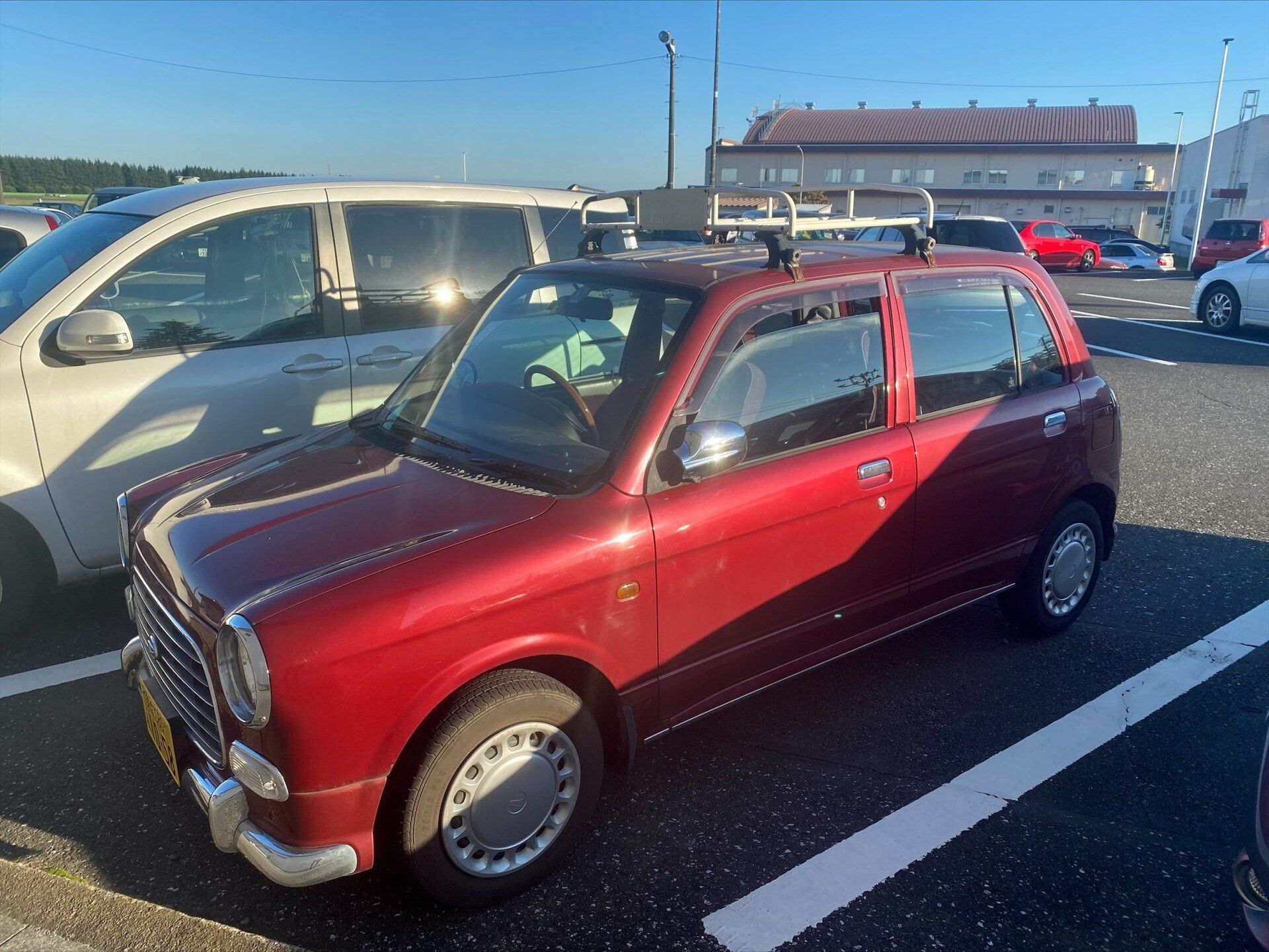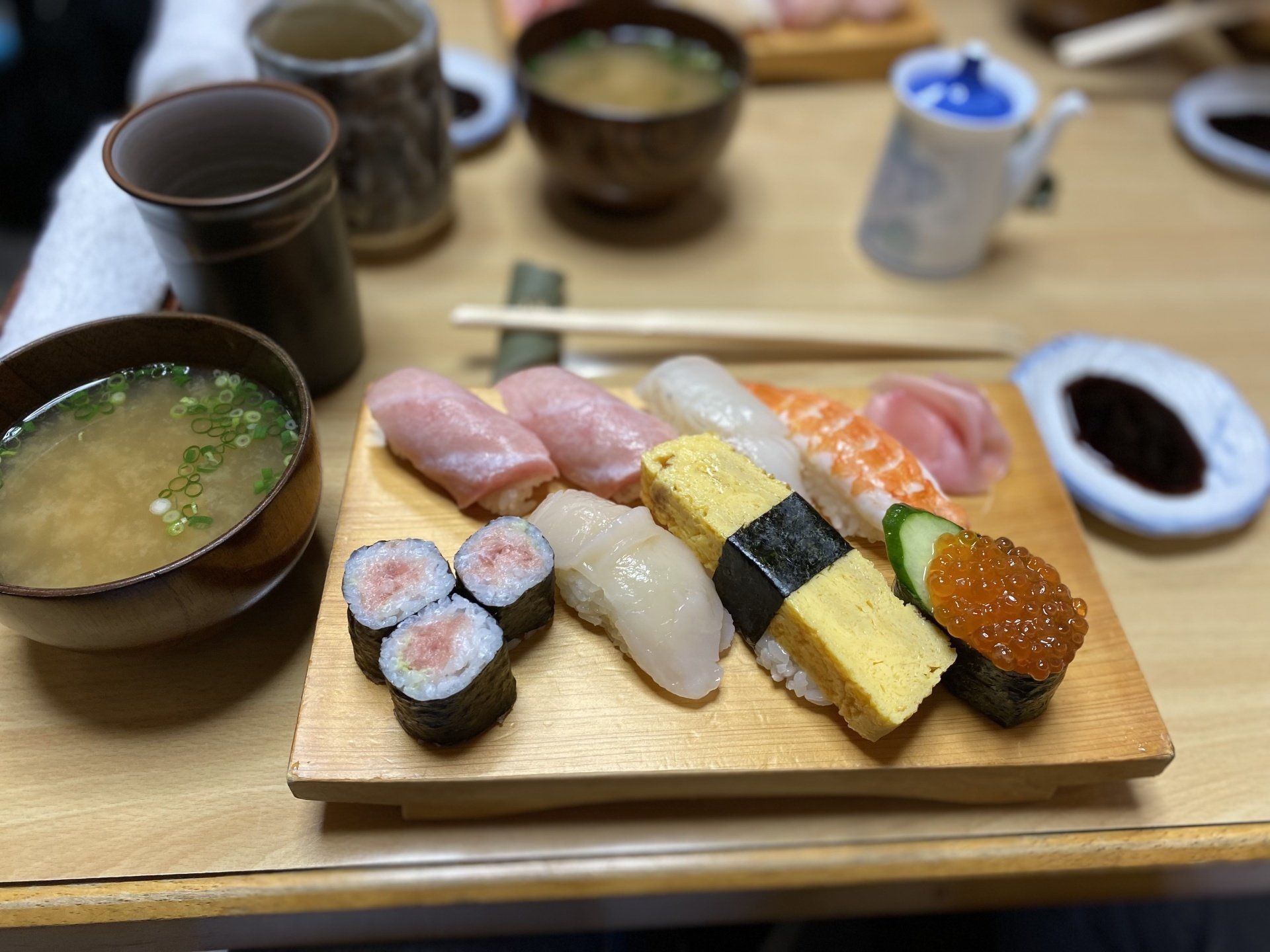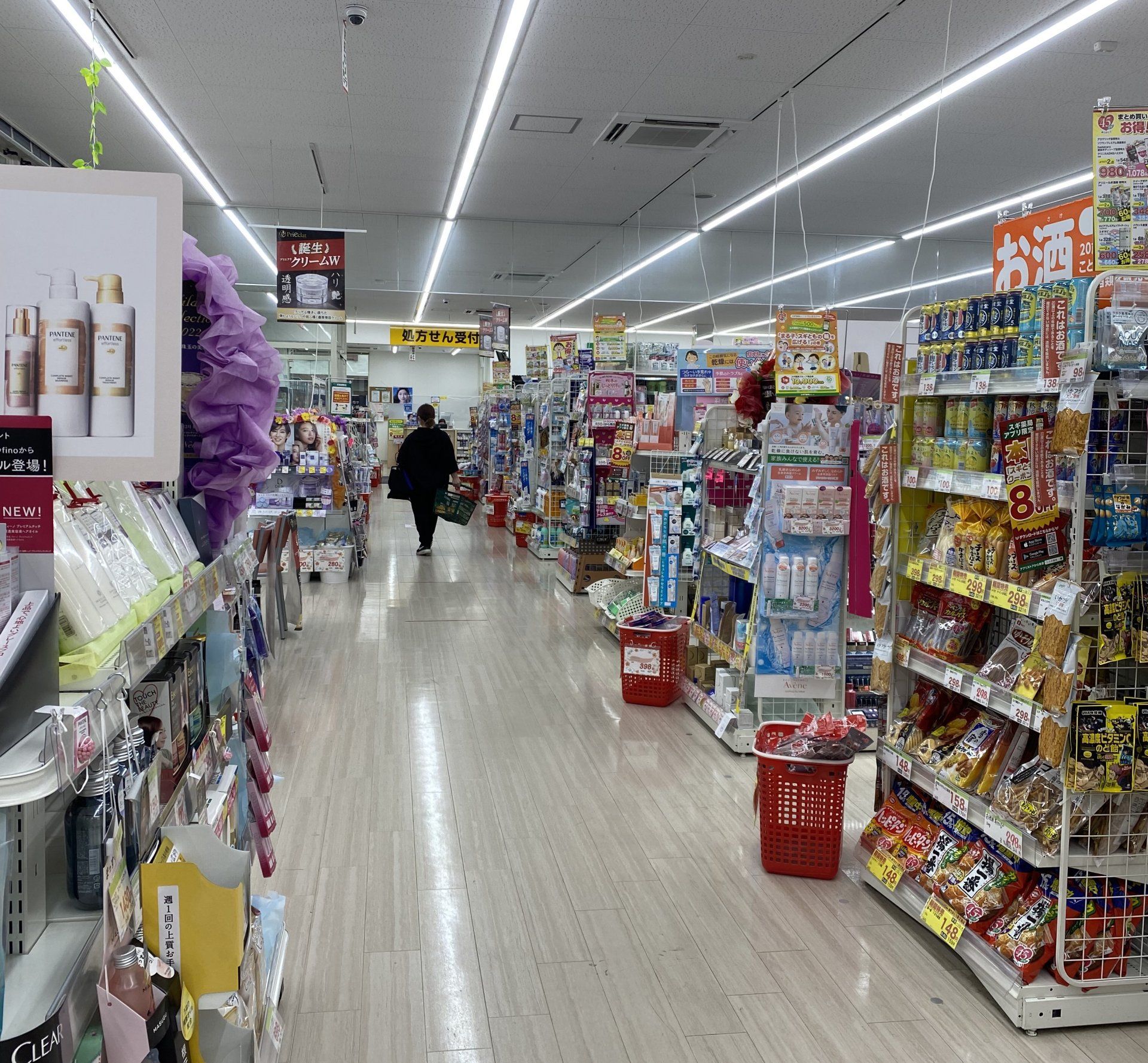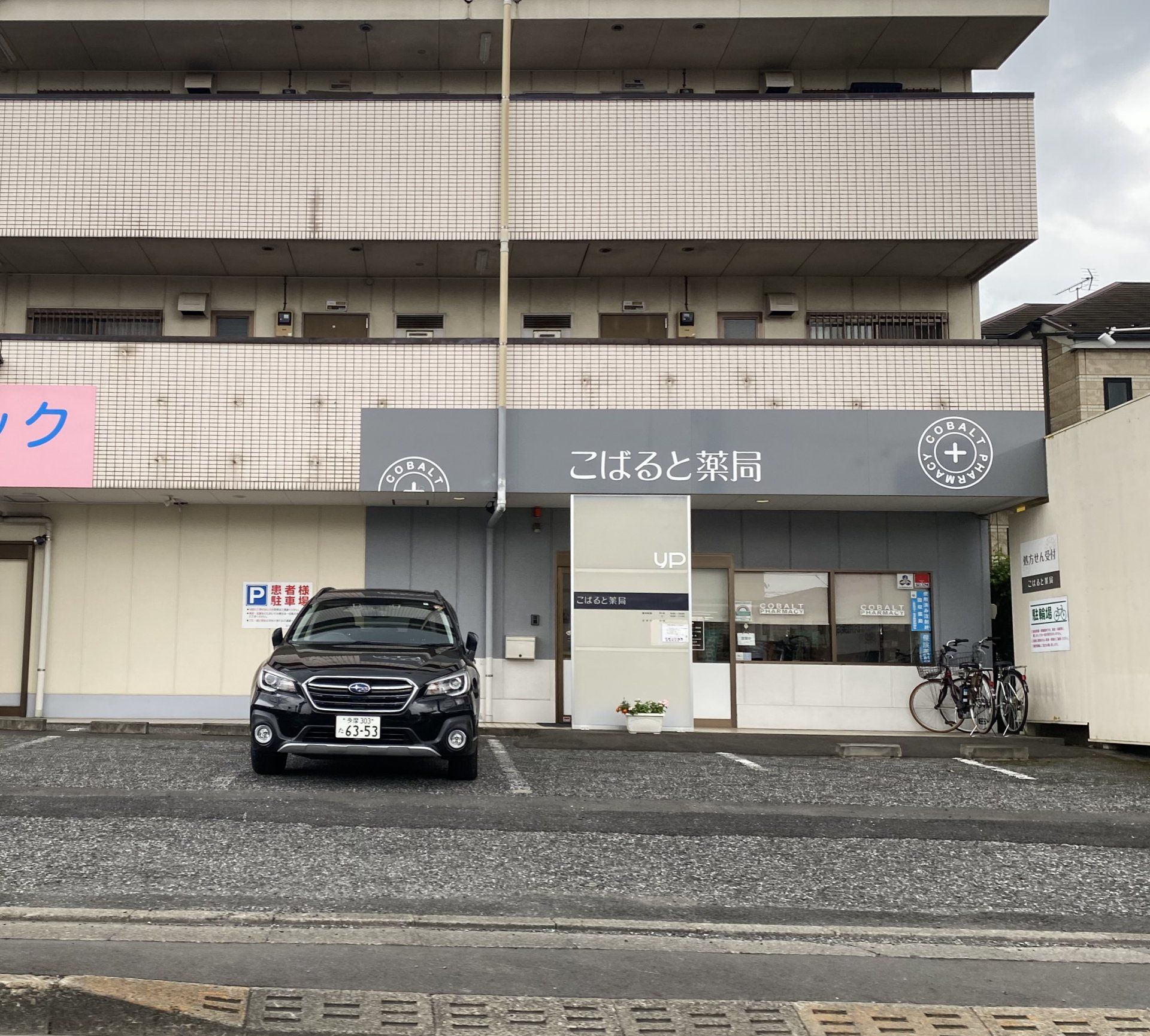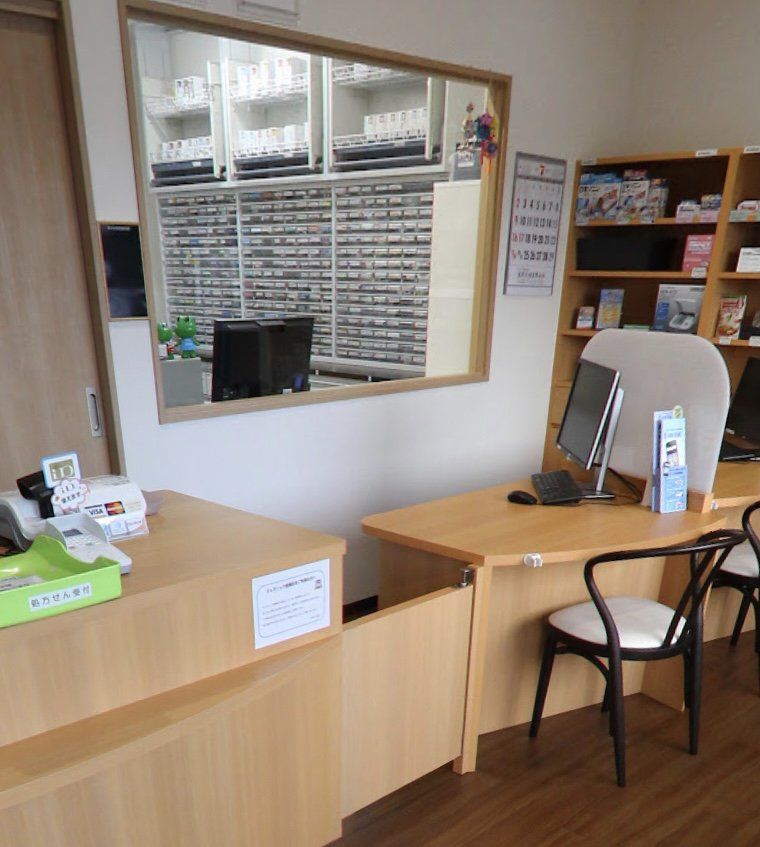Pharmacist in ... Japan
This month we are excited to host a guest blog, by one of our former interns and employees, now pharmacist, Natalie! She shares her initial experience of living and being a new pharmacist in Japan:
I think most people would agree that moving away from your childhood home is a pretty scary feat. Now imagine if that move was to an entirely new country where you could count the number of people you knew on one hand. Are you imagining it? Welcome to my new normal!
My name’s Natalie and I am a 2021 UAMS College of Pharmacy Graduate. During my last year of pharmacy school, one of my rotations was at The Pharmacy at Wellington where I was fortunate enough to be hired on as an intern working mainly in the vaccination clinic. About two months ago, my husband, Alex, and I packed up all of our belongings and moved to Japan for his job! We will be stationed at an Air Force base in Japan for at least 3 years. Living in another country for a significant period of time is not something that many people have the opportunity to do, so I thought it would be fun to share the experiences that this new phase of life has brought me as well as the challenges of practicing pharmacy in a very foreign land.
Our first few weeks in Japan were mostly spent “in-processing” and getting as settled as possible, so I won’t bore you with all those details. Instead, I’d prefer to talk about the questions all of my family and friends asked me after being in Japan for two weeks. I know one of the questions that burns in everyone’s mind is “what’s it like driving in Japan?” Well, to put it simply, it’s significantly different. In Japan, everyone drives on the left side of the road, the steering wheel is on the right side of the car, and the levers for the windshield wipers and turning signals are switched. The prices of the used cars here are incredibly cheap as well! Alex and I bought cars that were USD2,000 or less, a Subaru Impreza and a Daihatsu Mira Gino. Driving around base the first couple of times the only thing going through your mind is “Think left. Think left. Think left.” With practice, you eventually forget what it’s like to drive on the right side of the road with the steering wheel on the left side of the car!
Another aspect people often ask about is food here in Japan. If I’m being honest, my main reservation with coming to Japan was if I was going to find anything that I would like to eat. I’m not an overly picky eater but there are some types of food that are more difficult for me to bring myself to try, such as sushi, octopus and other more exotic seafood varieties. When we arrived in Japan, we had to quarantine on-base for 14 days, so our friends picked up ramen from a restaurant off-base for our first traditional Japanese meal. The ramen was just what I expected it to be; noodles in broth with pork and seasonings. The one thing that surprised me were the two soft boiled eggs that came with the meal; a regular egg and a quail egg. I am not a big fan of soft-boiled eggs, so I let Alex enjoy those for the both of us! Indian and Japanese curry are also popular dishes here, which I wasn’t expecting. Japanese curry is more gravy like and on the sweet side, while Indian curry can be very spicy. A lot of the spice scales go from 1 to 10 and if you pick a 5 you can expect your curry to be VERY spicy. Since being allowed off base we have visited several new cities in Japan and tried many new cuisines.
My favorite memory is from our first weekend off base when we went to the Shibuya area, which is in downtown Tokyo. We were exploring the streets, looking for places to eat or izakayas (bars) to sit at and stumbled upon a restaurant that looked relatively crowded, meaning it was probably going to be good. There was no wait for a table but before we could sit down a waitress informed us that there was no English menu. We all thought “Oh that’ll be no problem at all. We will just use our phones to translate the menu (thank goodness for technology these days).” We sat down at a pretty small table and opened the menu to see that it was HANDWRITTEN, meaning that no matter how hard we tried, our phones weren’t going to be able translate the menu. Unable to see what others were eating, we asked the waitress to bring us her favorite dish and an assortment of dishes. We took pictures of what we ate and after a week or so we found someone who could explain to us what we had for dinner that night. Our meal that night was a traditional one pot dish containing several ingredients that were mostly vegetables, called oden. We supplemented our dinner with some yakitori, which is usually grilled meats on a stick.
Some other foods that we have tried since we have been here are takoyaki (fried octopus balls), okonomiyaki (a pancake dish that includes cabbage, meat, seafood and other toppings), and udon (which is a dish known for its thick noodles). Sushi here in Japan is also very different than sushi in Arkansas. In Arkansas, sushi is served in rolls that contain fish, vegetables, and fruit within them, with bold sauces on top that make them sweet or spicy. In Japan, sushi isn’t sold in rolls at restaurants, though you might find rolls in bento boxes. The sushi is sometimes made with the seaweed on the outside and usually only contains one ingredient, whether it be a fish or pickled vegetable. More commonly, however, it is served as sashimi, which is just a slab of a fish or other meat on top of a small bed of sticky rice. Another big difference, one that always makes me a little wary, is that wasabi is used in a majority of the sushi as a binding agent for the fish, so there’s no need to add more wasabi. In Arkansas, people often mix their wasabi with soy sauce and here in Japan that is a big no-no. We have made an effort to try as many new foods as we can when we travel to different parts of Japan and there is still so much food out there for us to try!
The transition to living in Japan hasn’t always been super easy and I’m learning to go with the flow. Alex can be gone anywhere from a week to a month at a time due to the nature of his job, and those times are, unfortunately, when the bad things decide to occur. I had a bit of a rough start when I moved into our house on base while Alex was gone for a month. Within a week of living in our house, part of the rubber seal around our oven came loose and caught on fire, I had an eye infection pop up, AND I lost the only key I was given for my car. In Japan the cars don’t have a VIN, so it wasn’t just as simple as taking that number to the dealership and having the new key made. Instead I had to figure out how to find a key number located somewhere on the driver side door of my car. I’m sure you can imagine the frustration that came with trying to get a new key for my car in a country where I know little of the language. Nevertheless, three weeks later, I had a new key for my car and I’m so grateful for Alex and all my friends who were kind enough to help in any way they could: offering to lend me their car, figuring out who I needed to contact and helping me laugh off all the frustration.
Many people are also curious about the state of affairs here in Japan in regard to the COVID-19 pandemic. When Alex and I arrived in Japan, vaccinations had just begun so there weren’t many Japanese nationals who were vaccinated yet. However, COVID cases were also fairly low, the Delta variant hadn’t made its appearance yet, so things started to loosen up. Since the pandemic started in 2020, service members and their families were not allowed to visit the Tokyo area and when we arrived, that rule had just recently been removed. Masks were to be worn at all times on-base if you were unvaccinated and those who were vaccinated are to wear masks around Japanese nationals on-base. Everyone was required to wear their mask when they are off the base. In August when the Olympics started, COVID cases began to increase significantly and once again the Tokyo prefecture (region) was off limits. Fortunately for us, Alex and I were able to spend one weekend in Tokyo before restrictions were put in place again. Currently 50% of Japan’s population is fully vaccinated and with the Olympics over, COVID cases are starting to go down again so we are hopeful that soon enough we will be able to go back into Tokyo! One silver lining of being in Japan during this part of the pandemic is that foreign tourists aren’t currently allowed into Japan, so doing touristy things here like going to Universal Studios in Osaka ends up being significantly less crowded. This makes it easier to see all that you want to see in a timely manner! I’m looking forward to when people are allowed back into Japan though so our families and friends can come visit us.
Now back to the big reason for this blog – being a pharmacist in Japan! In January of this year when we were notified that Alex’s next assignment would be in Japan, I was nervous. I was in the middle of my last semester of pharmacy school, I’d be graduating that May and we had to report to Japan by the end of June. That was not a lot of time to take my NAPLEX (pharmacist licensure exam) and get any real experience as a pharmacist. On top of that, I knew I wouldn’t be able to work as a pharmacist in a Japanese pharmacy due to linguistic and regulatory reasons, but I wasn’t sure if I would at least be able to work as a pharmacist in the US military hospital on-base. I did my research, and through talking to friends who were already stationed at the base, I was able to get in touch with the current pharmacist. As it turns out, there weren’t any civilian pharmacist positions. They do, however, accept volunteers! About a month after we got to Japan and were a little more settled in, I secured a job as a nanny on base and started the application process to become a volunteer through the American Red Cross. Once my application is approved, I’ll be able to volunteer in the pharmacy here on-base!
Because we live on a US Air Force base, our pharmacy here runs just like The Pharmacy at Wellington. There are many aspects of the pharmacy here that I have questions about, starting with their inventory. It takes weeks, months even, for packages to make it to us in Japan (I’m still waiting on a package that was shipped out at the end of July). I look forward to getting answers to the many questions in my mind once I’m able to start volunteering in the pharmacy on base, such as: how quickly they are able to have inventory shipments delivered to them, if the shipments come from a warehouse somewhere in Japan or if they come from the United States, and what measures do they have to take to ensure that they have all the medications necessary for people on base, should a need arise?
During my time exploring Japan, I have sought out pharmacies from time to time to compare them to pharmacies back in Arkansas. There are some similarities between the two. These include needing a prescription from a doctor in order to receive a medication and many of the medications are the same but might differ in their brand or generic name. Pharmacies can be found throughout the towns here, but even more abundant than pharmacies are drugstores. Drugstores are essentially convenience stores. Not only are these shops stocked with pharmaceutical products, but they also have daily necessities like toiletries and foodstuffs available to their customers. While you can get prescription medications at every pharmacy in Japan, you can’t always get prescription medications at a drugstore. Drugstores usually have medications that are approved for safe usage and are medications that you would find over the counter in the US, such as cold and flu medications. Sometimes drugstores employ a pharmacist to provide counseling for the over-the-counter medications as well.
Another differing characteristic of pharmacy in Japan is that herbal remedies are still very popular and are usually used as a supplement to modern medicine and in some cases, as a replacement. Medicinal herbs are regulated just like prescription medications and their use is covered by health insurance here in Japan. One of the things I found most interesting while doing some research was that all patients here in Japan carry a prescription record book with them when they visit the pharmacy. A prescription record book, or "okusuri techo," holds information about medicines they’ve taken in the past and any medications they are currently taking. It contains detailed information about the prescriptions, as well as any allergies the patient may have. Each time a prescription is filled, the patient receives a sticker that provides all the information about that medication. This is a very useful tool for pharmacists and patients, especially if patients don’t go to the same pharmacy to fill all their prescriptions.
My time here in Japan has only just begun and there is plenty that I have left to learn. I look forward to being able to practice pharmacy during my time here in Japan, and while I await that opportunity, I am grateful for the perspective I’ve gained and the opportunities I’ve encountered for cultural broadening.


